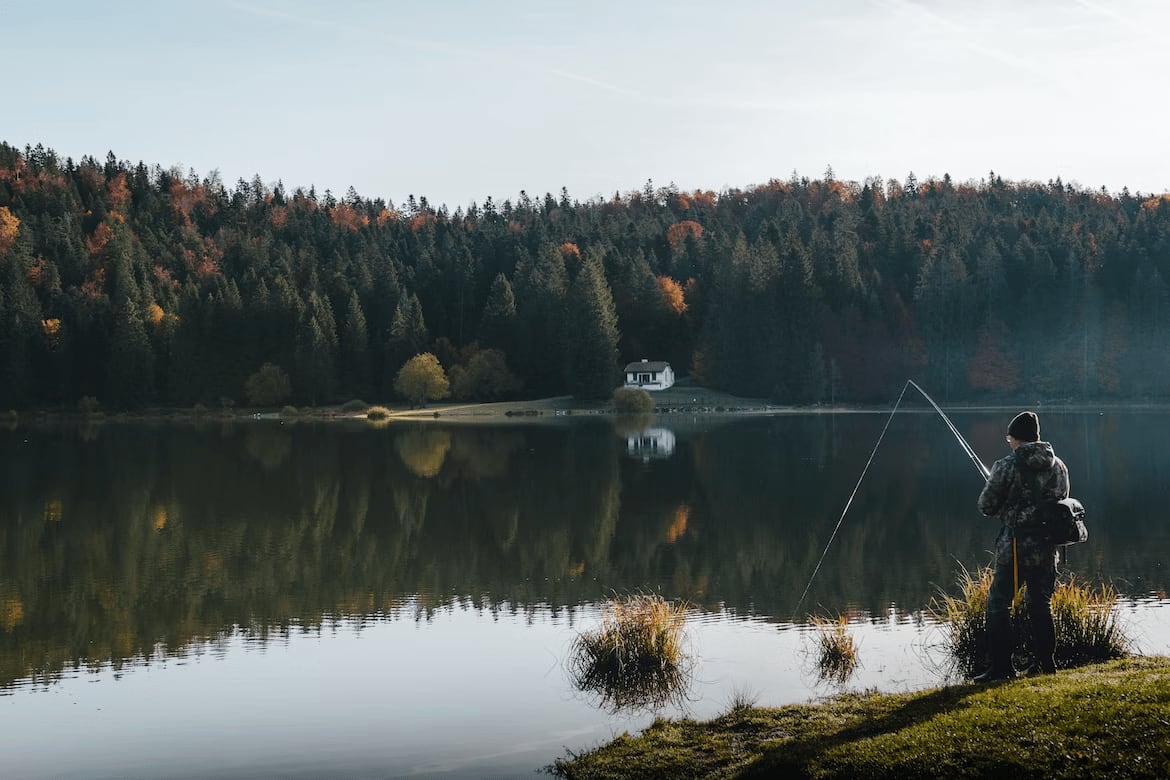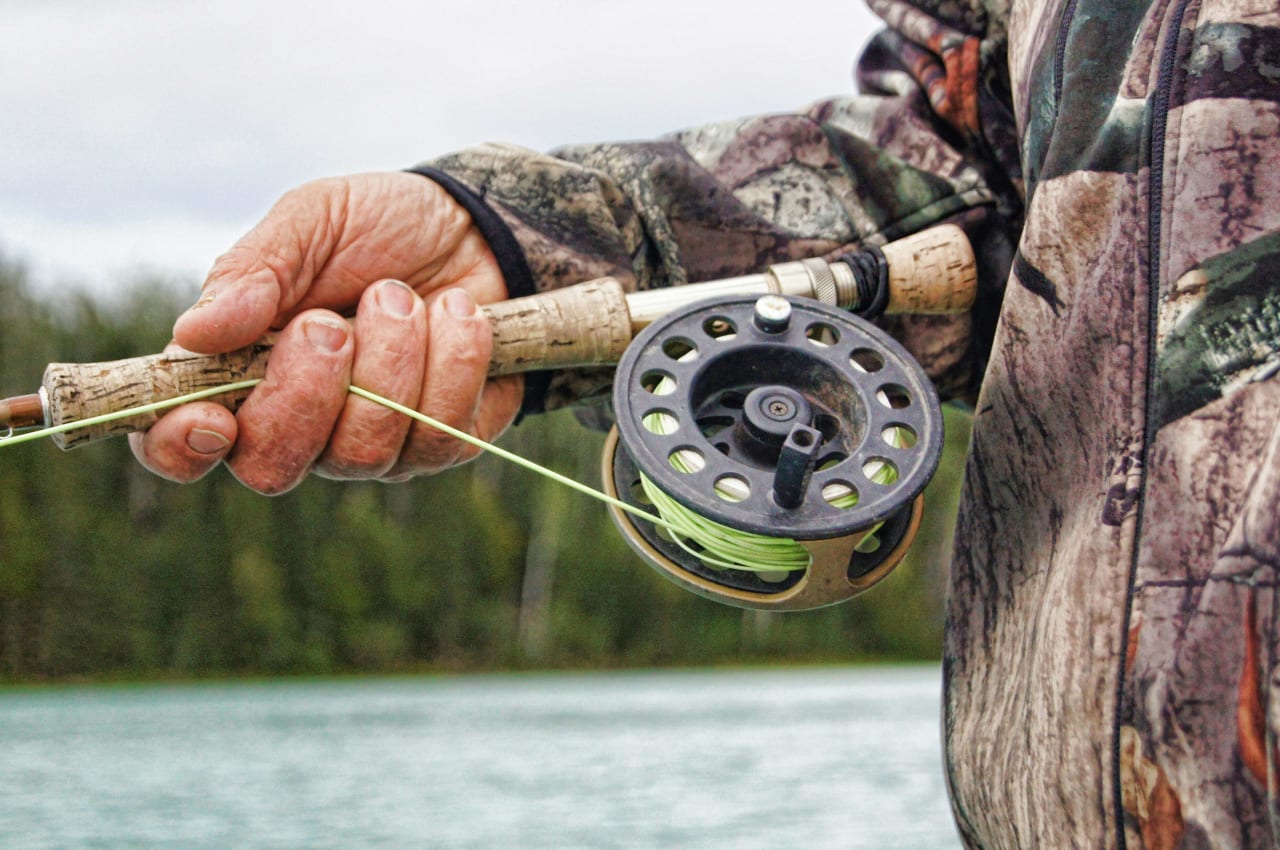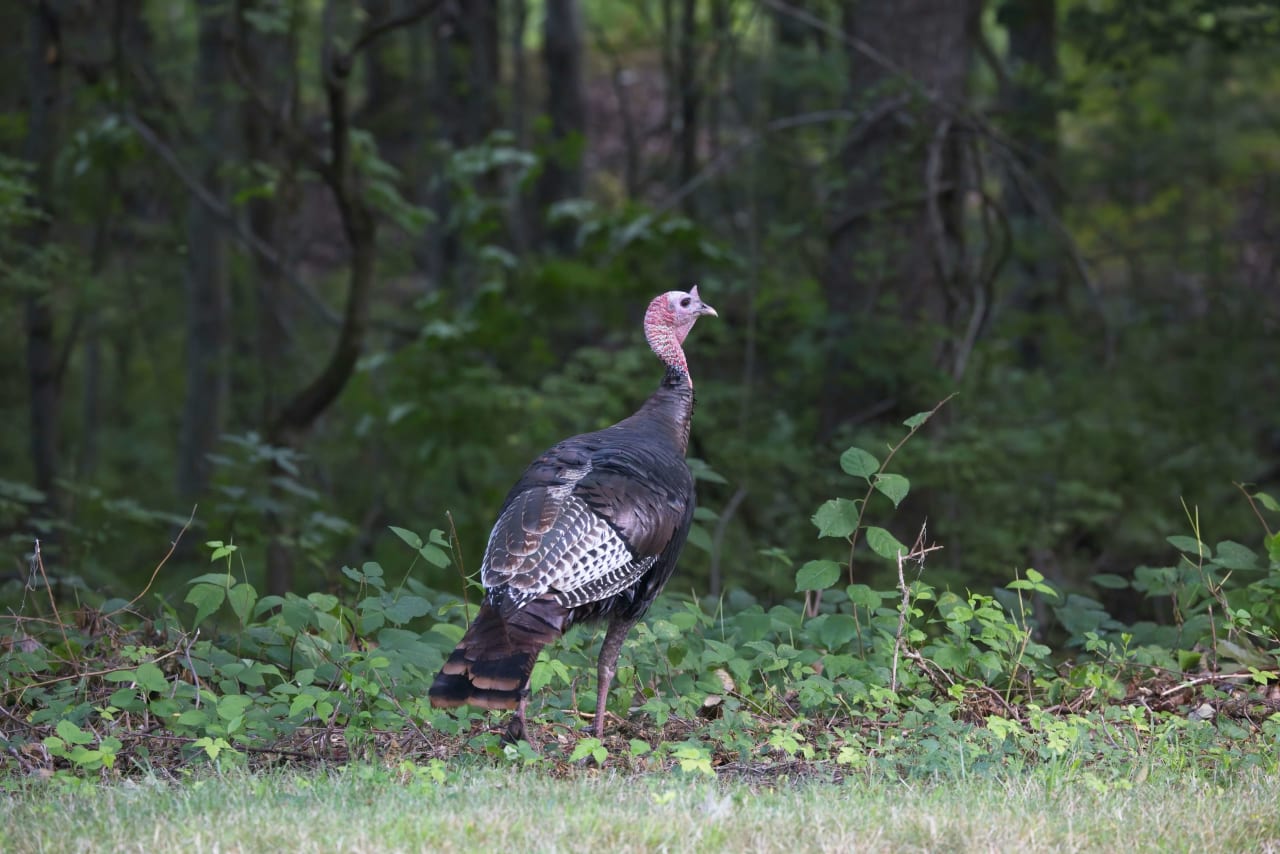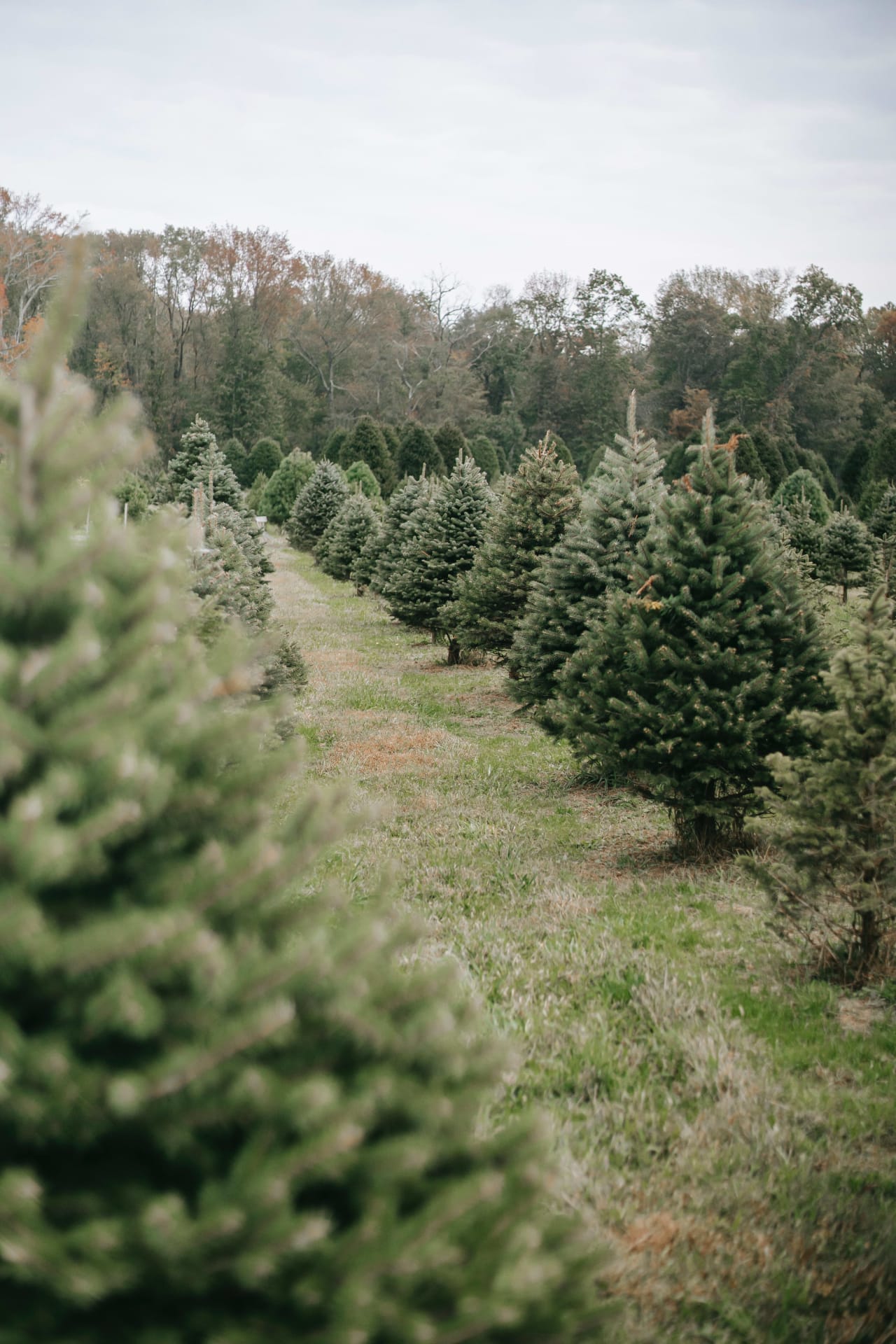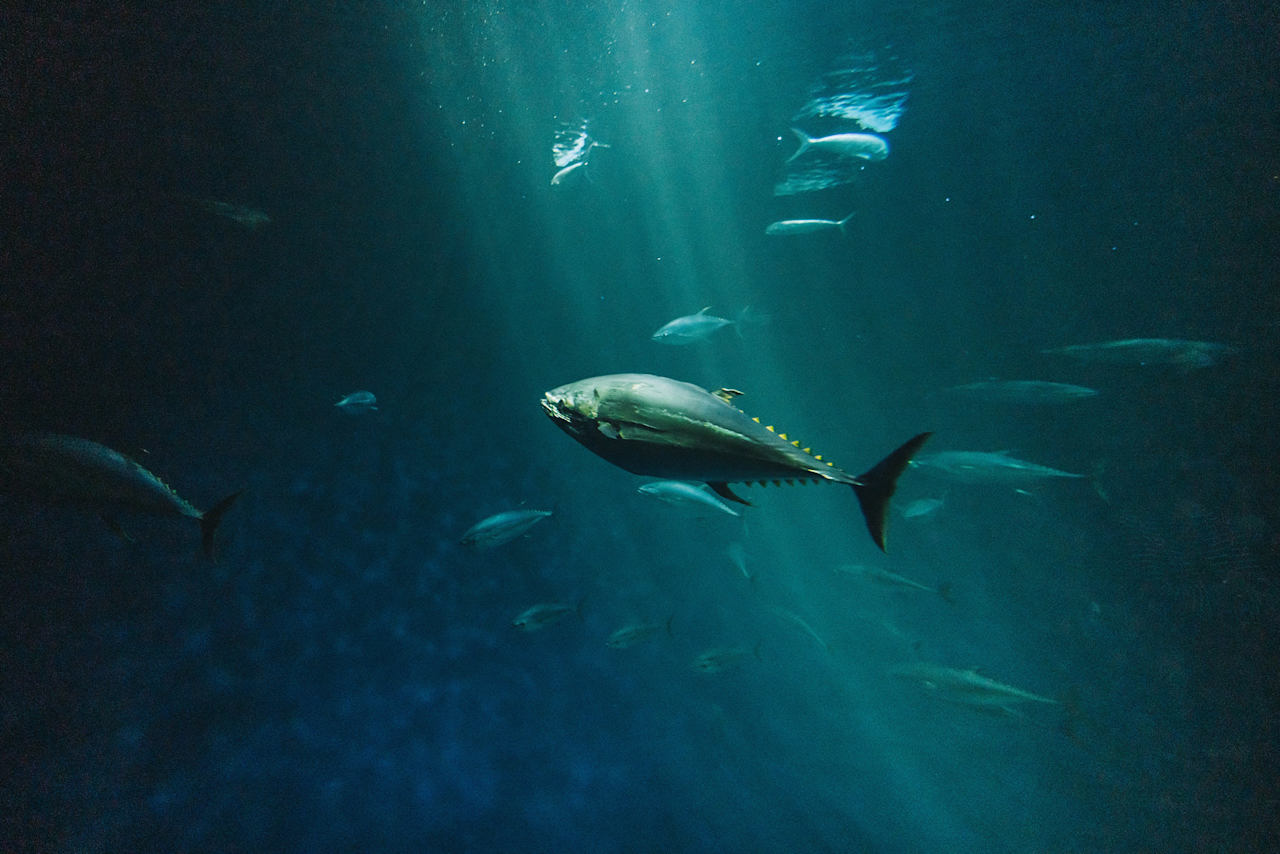Over 3,000 miles of North Carolina rivers and streams, primarily in the beautiful western reaches of our state, offer some of the country’s most exceptional fly fishing opportunities. Autumn is the perfect time of year to develop fly fishing techniques in cooler temperatures as you cast your rod for brown, rainbow and brook trout in over
500 publicly accessible locations from Cherokee to Asheville to Lake Norman and beyond.
The Technique of Fly Fishing
Fly fishing involves using a lure – an artificial fly – that is much lighter weight than what is used in more traditional methods of fishing. A heavier line carries the fly through the air to the target, rather than a heavier lure. The lure itself is designed to resemble a fly or other type of insect as it lands on the water’s surface. Traditionally most fly fishing takes place on moving water – a river or stream.
The technique a flyer fisherman uses to cast his line also distinguishes fly fishing from other types of angling. Whereas traditional casting has to do with a heavier weight at the end of a lighter-weight line, the lighter weight fly can only move through the air on a loop in the line that is created with the cast. As soon as the line loses that loop – straightens out – the fly drops into the water.
The Ideal Fly, the Right Rod, the Perfect Line
A fly fishing fly is almost weightless and, depending on the design, mimics the movements of a wide range of insects or other prey as it lands on the surface of the water. An artificial fly is created by wrapping hair, fur or weathers around a hook – or “ribbing” it to the hook – with a fine thread.
A fly fishing rod, as opposed to a traditional rod, is very lightweight and is classified as a spinning rod based on the weight of the line rather than the weight of the lure. The reel, located at the end of the rod, below the handle, creates balance rather than being used to pull in the line as you do in traditional fishing. Often, once an angler starts fly fishing at the beginning of the day, he doesn’t even reel his line back in until he is done, hours later. Small rods are used for fishing in small streams with overhanging vegetation, whereas longer ones – up to 13 feet in length – are preferable for boat fishing or casting out over reeds or the bank of a river. The rod is typically made of two to four interconnecting pieces.
Fly fishing line comes in a variety of weights, based on a scale from 1 to 14; the smaller the number, the more lightweight your line will be. The number of the line you use will rely entirely on the type of fish you are trying to catch. Fly line with weights of 1 to 3 will work very well for smaller fish, whereas line weights 4, 5 or 6 – the most common – are good for fishing largemouth bass, trout, etc. Line weights of 7 and above are best used for the largest, most powerful fish, including saltwater fish like striped bass.
Other important equipment to take on a fly fishing trip includes extra shoes or boots, rain gear, a dry bag for your personal items (keys, electronics), sunglasses and bug spray. A
fishing license will run you anywhere from $9 for a 10-day period in public waters and waters on game lands to $25 for an annual State Inland Fishing License or even a lifetime license for the one-time fee of $265. Senior, disabled and junior licenses are also available.
Best Rivers for Fly Fishing in Western NC
Jackson County’s
Fly Fishing Trail, a series of 15 prime spots along the Watauga and other rivers and streams that are abundant with rainbow, brook and brown trout, stretch from
Scott Creek and Raven Fork in the north to beautiful
Panthertown Creek in the south. One of the most popular areas, the
Tuckasegee River, is hatchery fed with some of the largest quantities of fish in North Carolina, while fishing on the
Whitewater River between the magnificent Upper and Lower Falls is also outstanding. Fishing spots along the Trail offer plenty of public access, too, but be prepared for some areas in which you’ll need to cross a river or wade through an area that is muddy or overgrown.
The Smoky and Blue Ridge Mountains around Asheville are rich with small and largemouth bass, sunfish, crappie, and all three kinds of trout, too. The Nantahala River is one of the top fly fishing spots in this part of the country, as it is a ‘delayed harvest stream,’ or one that is stocked with brook, rainbow and brown trout by the NC Wildlife Resource Commission during the first weeks of October, November, March, April and May each year for catch-and-release fishing only. Once June comes along, traditional fishing is allowed.
North Carolina’s Linville Gorge and Linville River, flowing from Lake James into parklands near the Blue Ridge Parkway and lovely Linville Falls, are stocked by state hatcheries with plenty of brown and rainbow trout. Roadside access can be found along the Parkway, close to the Linville Dam and at Lake James.
The Joy of Fly Fishing
Many people who fly fish do so because of the opportunity it affords to get out in nature, to enjoy the beauty of the surroundings, and to develop skills and techniques that are entirely different – and, some say, even more satisfying – than traditional fishing methods. The physical challenge of getting to your favorite fishing spot, wading through sometimes muddy or rough waters and casting your line benefits your body, too, while your mind relaxes and the therapeutic nature of making the repetitive motions of fly fishing allows you to focus in an almost meditative way.
